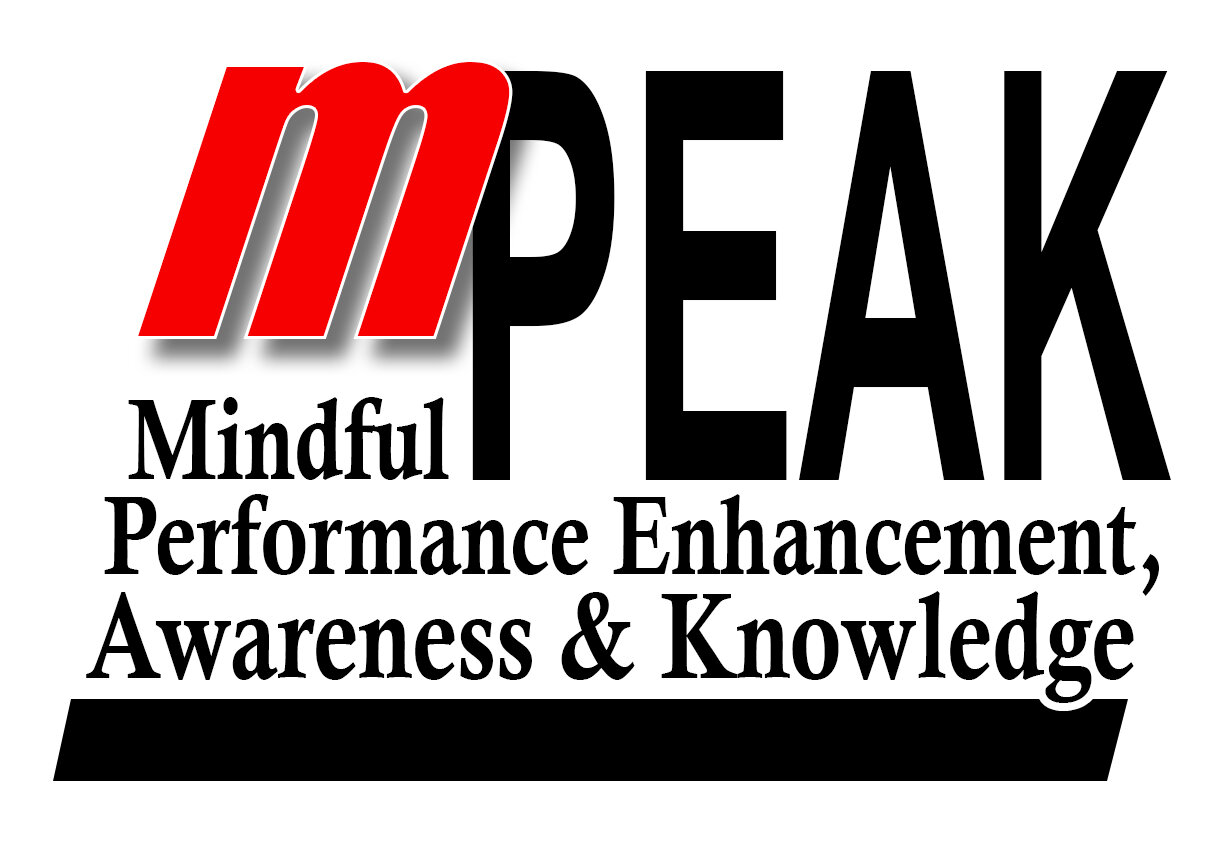Finding Flow in a Pandemic
Given the current circumstances, I’ve hesitated to offer my new mFLOW course around mindfulness for optimal performance. I watched this thought bounce around in my head for a week:
Is finding “flow” even relevant when sports have been cancelled, areas of recreation are closed and so many unemployed people are just trying to get by? Maybe I should focus on teaching survival skills instead?
But then something changed. After the initial shock of quarantine let up, I began waking up in the morning feeling fully alive, alert, and ready for anything. Nothing was predictable. Doing even ordinary things like buying groceries or going to the gas station piqued my attention. Every interaction could have life or death consequence. Reality was in high-definition, bright and vivid. I was in flow.
Almost all of the external flow triggers from Steven Kotler’s Rise of Superman were present right here in the middle of the pandemic – novelty, complexity, unpredictability and risk. And my mindfulness training had given me the presence and cognitive flexibility to navigate this wild new terrain.
I have since found that many of my clients are also experiencing similar moments of lucidity and flow through the pandemic. Many of flow researcher Mihaly Csikszentmihalyi’s internal flow conditions – presence, creativity, unity and purpose – have also been accessible during this time. With the inability to go back to our past "normal" and a completely unpredictable future, we’re held firmly in the present moment. The need to adapt working environments to at-home or online has called forth new levels of creativity and innovation. The recognition we’re all in this together has softened the small sense of self and given rise to a greater sense of unity. Answering the call to serve others by dropping off food, making masks, and infinite other small acts of kindness has given rise to a sense of meaning and purpose.
Flow can feel effortless, but nobody said it was easy. Research tells us that to enter flow your skill level must be equally proportionate to the challenges you’re facing. Staying in flow is like riding on the razor’s edge with Kryptonite waiting on either side. When you slip into judgment of someone for not quarantining the way you think they should, you’ve probably lost your flow. Picking a side or getting caught up in being right on social media will also kick you out of the zone. What exactly pulls you out of flow is not important. What is important is your ability to observe yourself being pulled out of flow and your capacity to let go of it and return to flow. These skills take mindfulness.
Research shows that mindfulness practice can increase your likelihood and frequency of shifting into this joyful state of mind. While there is no “on switch” to control the flow experience, we can use mindfulness to balance ourselves on the razors edge of the present moment and more predictably find our way back into flow when we’ve lost it.
If you’re interested in finding flow during performance events or everyday life (even during a pandemic), join me for a 6-week journey into mindfulness and flow. mFLOW is an online course that will introduce fresh teachings and practices that align with both traditional wisdom and the latest research on mindfulness and flow, including: Non-Dual Mindfulness Meditation, Taoist Philosophy of Wu-Wei, Chi Gong Movement Practice, Flow Psychology, and the Improvisational Arts.

